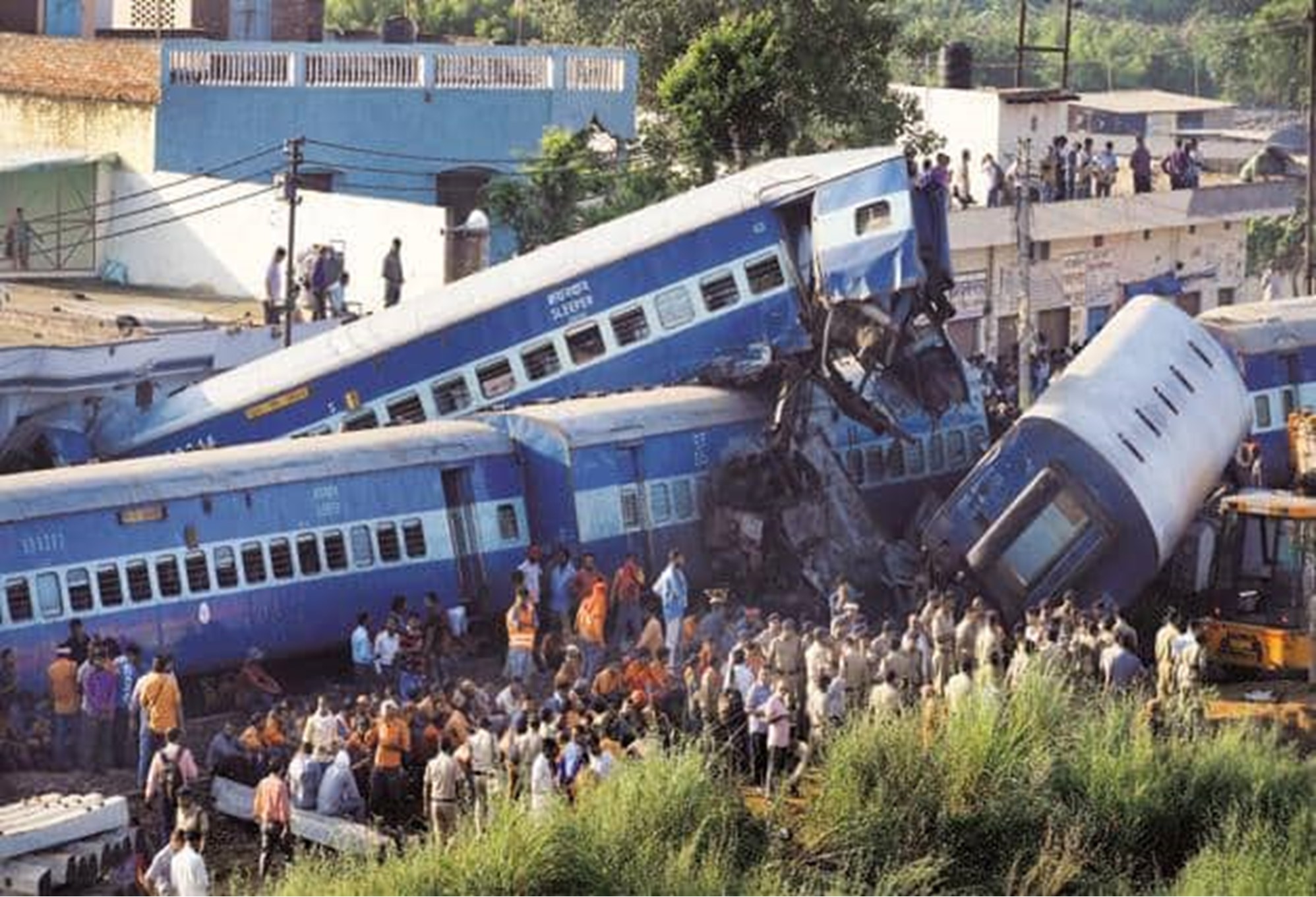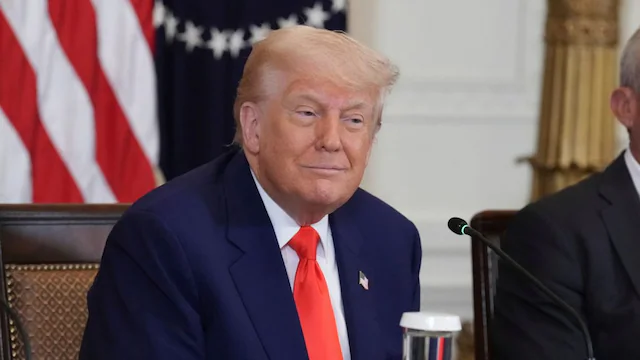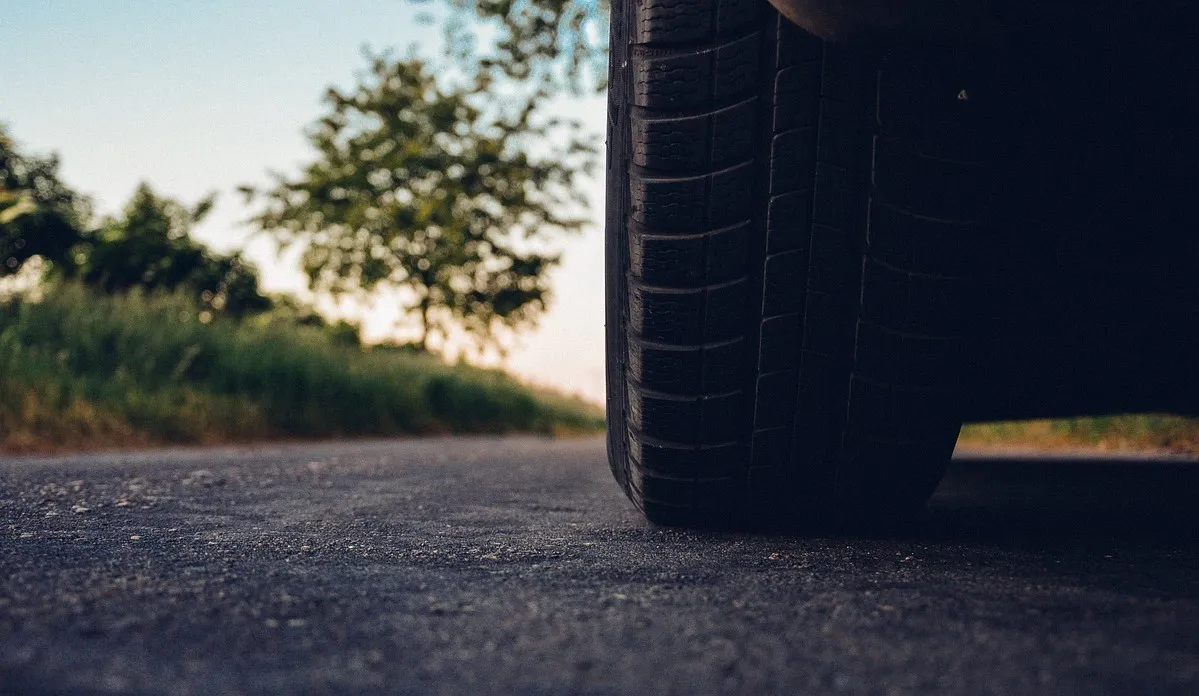- Courses
- GS Full Course 1 Year
- GS Full Course 2 Year
- GS Full Course 3 Year
- GS Full Course Till Selection
- Online Program
- GS Recorded Course
- NCERT (Recorded 500+ Hours)
- Polity Recorded Course
- Geography Recorded Course
- Economy Recorded Course
- AMAC Recorded Course
- Modern India, Post Independence & World History
- Environment Recoded Course
- Governance Recoded Course
- Science & Tech. Recoded Course
- International Relations and Internal Security Recorded Course
- Disaster Management Module Course
- Ethics Recoded Course
- Essay Recoded Course
- Current Affairs Recoded Course
- CSAT
- 5 LAYERED ARJUNA Mentorship
- Public Administration Optional
- ABOUT US
- OUR TOPPERS
- TEST SERIES
- FREE STUDY MATERIAL
- VIDEOS
- CONTACT US
Issue of Rail Accidents in India
Issue of Rail Accidents in India


Introduction:
- Presently, Indian Railway is one of the largest and busiest railway network in the world, with lakhs of people using it every day.
- The data shows that in the last almost two decades, the number of derailments which constitute the majority of accidents has drastically come down from around 350 per year in 2000 to 22 in 2021-22.
- However, the recent accident that occurred at Bahanaga Bazar railway station at Balasore highlighted the need for better safety measures and infrastructure.
So, What are the primary reasons behind rail accidents in India?
- Human Error: Human error is a significant factor in railway accidents. It can involve mistakes made by train operators, signalling staff, maintenance workers, or other railway personnel. Instances of human error include neglecting safety protocols, misjudging distances, operating trains at unsafe speeds, or not following standard operating procedures.
- Track and Infrastructure Issues: Problems with railway tracks and infrastructure can lead to accidents. This includes issues such as track fractures, track alignment errors, inadequate maintenance, or the absence of proper signalling systems. Poorly maintained tracks and infrastructure can result in derailments or collisions.
- Signal Failures: Malfunctioning or inadequate signalling systems can cause accidents. Inadequate or incorrect signalling information can result in trains colliding or not receiving timely warnings about track conditions or obstructions.
- Equipment Failure: Failures or malfunctions in critical equipment like brakes, wheels, couplings, or locomotives can lead to accidents. Poor maintenance practices, outdated equipment, or manufacturing defects can contribute to equipment failures.
- Level Crossing Accidents: Accidents at level crossings are a significant concern in India. These occur when vehicles or pedestrians attempt to cross railway tracks at unauthorized or poorly managed crossings. Lack of proper warning systems, barriers, or public awareness about railway safety can contribute to such accidents.
- Overloading and Overcrowding: Overloading of trains and overcrowding of platforms are common in India due to the vast number of passengers. Overloading can strain the infrastructure, affect the stability of the train, and increase the risk of accidents.
- Natural Disasters: India experiences various natural disasters like floods, earthquakes, and cyclones. These events can damage railway tracks, bridges, or other infrastructure, leading to accidents.
- Terrorism: In rare instances, railway accidents can be caused by deliberate acts of terrorism, such as placing explosives on tracks or targeting crowded trains or stations.
Several committees in India have made recommendations to enhance railway safety. Here are some notable committees and their key recommendations:
- Rakesh Mohan Committee (2001): The Committee on Rail Safety, chaired by Rakesh Mohan, made recommendations to improve safety at level crossings, including:
a) Constructing road underpasses or overbridges at high traffic density level crossings.
b) Installing automated signalling systems at unmanned level crossings.
c) Conducting regular safety inspections and audits.
- Kakodkar Committee (2012): The High-Level Safety Review Committee, headed by Dr. Anil Kakodkar, was formed after the serious accident at Khairlanji in 2010. The committee made several recommendations, including:
a) Setting up an independent statutory Railway Safety Authority.
b) Strengthening safety-related infrastructure, including tracks, signalling, and rolling stock.
c) Enhancing training and skill development programs for railway personnel.
d) Improving safety awareness among passengers and the public.
- Mittal Committee (2014): The Committee on Railway Safety, headed by Dr. Anil Mittal, was established to examine and suggest measures to improve railway safety. Some key recommendations were:
a) Implementing Train Protection Warning System (TPWS) and Train Collision Avoidance system (TCAS) on all critical routes.
b) Eliminating unmanned level crossings and replacing them with road underpasses, overbridges, or manned level crossings.
c) Upgrading signalling systems and implementing advanced technologies for safer train operations.
- Bibek Debroy Committee (2015): It recommended for the establishment of a Railway Development Authority (RDA) to provide a framework for transparent decision-making, performance assessment, and setting technical standards.
Measures taken by Indian railways to reduce accidents are:
- Modernization and Upgradation: Indian Railways has been investing in the modernization and upgradation of its infrastructure, including tracks, signaling systems, and rolling stock. This includes the introduction of advanced technologies like electronic interlocking systems, automatic signalling, and train collision avoidance systems.
- Safety Inspections and Audits: Regular safety inspections and audits are conducted to identify potential risks and rectify them promptly. This includes inspections of tracks, bridges, signalling equipment, rolling stock, and maintenance facilities. Safety parameters are also monitored through advanced technologies like ultrasonic flaw detection systems for tracks and periodic rolling stock inspections.
- Training and Skill Development: Indian Railways focuses on training and skill development programs for its personnel. This includes training in safety protocols, emergency response procedures, and operating new technologies and equipment. Specialized training is provided to train drivers, station staff, maintenance crews, and other personnel involved in critical operations.
- Use of Technology: Indian Railways has adopted technology to enhance safety measures. It has implemented systems like Train Protection and Warning System (TPWS), Train Collision Avoidance System (TCAS), and Fog Safety Devices (FSD) to prevent collisions, derailments, and accidents during adverse weather conditions.
- Safety Awareness Campaigns: The Indian Railways conducts safety awareness campaigns to educate passengers about safe travel practices. These campaigns highlight the importance of following safety rules, not trespassing on tracks, using designated level crossings, and reporting any suspicious activities.
- Elimination of Unmanned Level Crossings: Indian Railways has been working towards eliminating unmanned level crossings by either closing them or replacing them with road underpasses, overbridges, or manned level crossings. This reduces the risk of accidents at these crossings.
- Surveillance and Security Measures: The railways have improved surveillance and security measures at stations and trains to prevent acts of sabotage, terrorism, and criminal activities. CCTV cameras, baggage scanners, and increased security personnel presence are some of the initiatives undertaken.
- Emergency Response Systems: Indian Railways has strengthened its emergency response systems to handle accidents and provide immediate assistance. This includes the establishment of Emergency Medical Rooms (EMRs) at stations, equipping trains with medical aid kits, and maintaining tie-ups with hospitals for prompt medical assistance.
- Collaboration with Stakeholders: Indian Railways collaborates with various stakeholders, including government agencies, research institutions, and international organizations, to enhance safety standards. This includes sharing best practices, conducting joint research, and implementing recommendations to improve safety.



